The majority of the samples we receive come in volumes high enough to completely fill the well in any of our standard sample holders. Some are too large or oddly shaped which calls for a special holding solution like those listed here, but many are simply very small quantities of powder. Placing these in a standard holder would leave them well outside the plane of diffraction and provide terrible data, not to mention substantial scatter
or diffracted background from whatever the powder is placed on. The answer is a zero background sample holder (ZBH). Most our users at KS Analytical Systems run the original Siemens/Bruker plates, but others are using Si(100) and even glass substrates. We’re very happy to say that
we’re able to offer a direct replacement for these with our new ZBH-32 holders. These fit most Siemens XRD systems and can be customized for use in most any other system. Contact us for more information on this. The scan below shows the data collected from a single mg of Silicon 640B standard powder spread across a ZBH.
Some users report acceptable results using simple glass plates. While there are serious caveats here, it may be a reasonable solution for some users. The issue with amorphous glass is not diffracted peaks in the background, but rather, scatter off the surface. X-ray scattering off a surface is inversely proportional to the average atomic number of that material. That is to say, the lighter the matrix, the more efficiently it will scatter X-rays. This is why we use a pure Graphite sample to characterize the emission spectra of our XRF instrumentation. The glass sample shows the expected scatter “hump” starting at a very low angle and it doesn’t flatten until nearly 100°2Θ. While some of this can be modeled and subtracted with good profile fitting software like Jade 2010, it can be challenging to match the data quality of a good ZBH. We’re working on a series of videos to guide new users through some of these features, but on-site training classes are also available.
Several of our customers in the geological industry use standard Si(100) wafers. These can be a great solution, but again have serious drawbacks for some applications. The Si(100) material creates diffracted peaks which are very sharp and therefore easier to model out sometimes, but also very high as the material is monocrystalline. The scan below shows what happens when one tries to run a normal scan across a bare plate. The largest peaks are actually only one or two which have over loaded the detector and caused it to drop out. All of these scans were collected with our SDD-150 which can handle up to 1×10^6 cps, but for the sake of good comparison, we left it tuned as it would be for a standard pattern. The monocrystalline nature of this material causes big problems, but it also allows for a creative solution. See the second scan for the results of the same measurement with the plate angled 1 degree off of theoretical. With this geometry, it’s unlikely this would affect the data quality dramatically, but the offending peaks are drastically diminished.
Off-planar Quartz holders have been the industry standard for decades. Historically, these have been made from solid, monocrystalline quartz material cut at a specific angle (6° off the C axis if I’m not mistaken). While these work well, they can be inconsistent. Even some of the OEM holders we’ve tested have shown some peaks which we can’t explain. Talking to some very experienced crystallographers, we find that they’ve had similar experiences.
We’ve been looking for a better answer for several years, but there are few off-the-shelf materials which work as well as off-planar quartz. The ideal answer was to cut solid Si(100) oriented billets such that the face presented to the diffractometer had no d-spacings which would diffract in the normal range of these machines. This is not unlike the off-planar Quartz method, but the starting material is much more consistent and durable. Si(510) offers very low background as well as the consistency of a manufactured product. The new ZBH-32 sample holders from KSA come in two versions, ZBH-25 and ZBH-32 with the latter being ideally suited for rotating stages and low angle work.

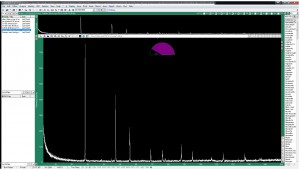
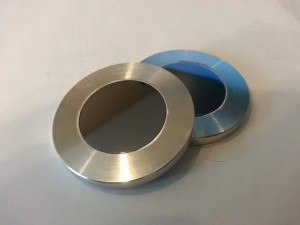
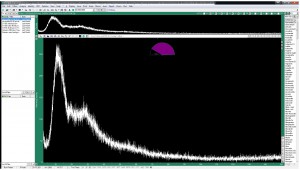
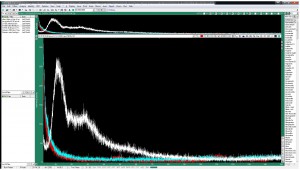
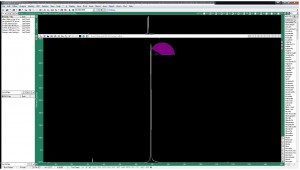
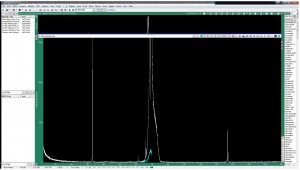
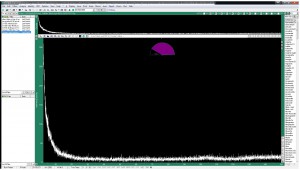
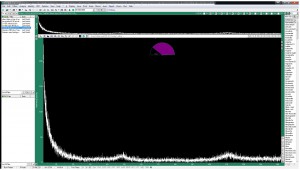

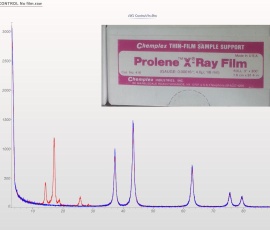
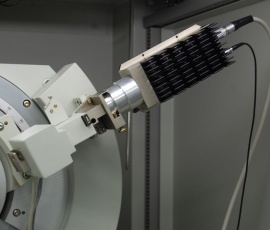
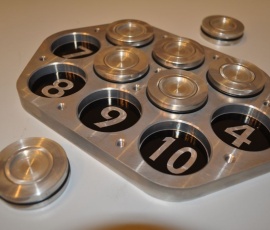
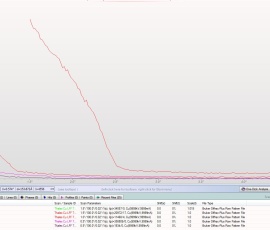
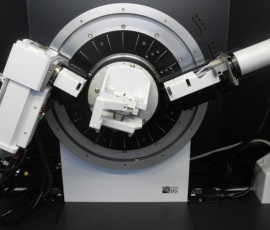
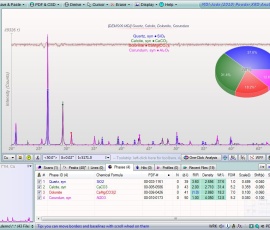
Sorry, the comment form is closed at this time.